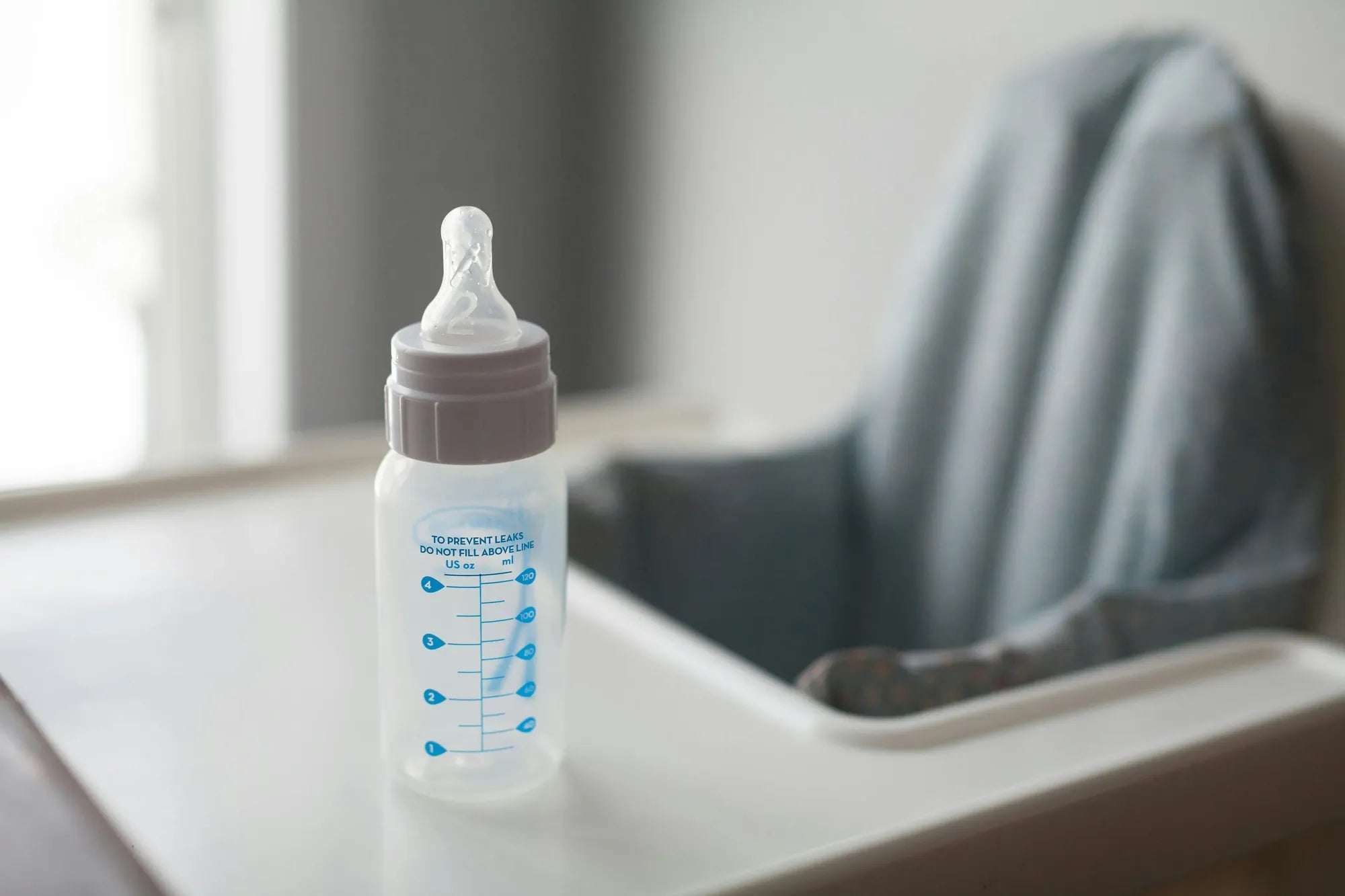Startseite
Pregnancy, Breastfeeding, and Pumping: The Ultimate Guide for Moms
How Often Clean Breast Pump: Essential Tips for Hygiene and Safety

How Often Clean Breast Pump: Essential Tips for Hygiene and Safety
Keeping your breast pump clean is not just a matter of hygiene; it's a crucial step in ensuring the health and safety of both you and your baby. Many new parents wonder how often they should clean their breast pump, and the answer isn't always straightforward. This article will guide you through the essential practices to maintain a clean and safe breast pump, helping you make informed decisions that benefit your family.
Why Cleaning Your Breast Pump is Important
Breast pumps come into direct contact with breast milk, which is a highly nutritious substance that can also be a breeding ground for bacteria if not handled properly. Regular cleaning of your breast pump helps prevent the growth of harmful bacteria, ensuring that your baby receives safe and healthy milk. Neglecting this crucial step can lead to contamination, which may cause infections or other health issues for your baby.
How Often Should You Clean Your Breast Pump?
The frequency of cleaning your breast pump depends on how often you use it. If you are using the pump multiple times a day, it's essential to clean it after each use. This practice helps remove any residual milk that could harbor bacteria. For those who use the pump less frequently, cleaning it immediately after each session is still the best practice to maintain hygiene.
Steps to Clean Your Breast Pump Effectively
Cleaning your breast pump involves more than just a quick rinse. Follow these steps to ensure your pump is thoroughly cleaned:
- Disassemble the Pump: Start by taking apart all the components of your breast pump. This includes the flanges, valves, membranes, and any other detachable parts.
- Rinse with Warm Water: Rinse each part under warm water to remove any milk residue. Avoid using hot water, as it can cause milk proteins to stick to the parts.
- Wash with Soap: Use a mild dish soap and a dedicated brush to scrub each part thoroughly. Pay special attention to crevices and hard-to-reach areas where milk can accumulate.
- Rinse Again: Rinse all parts under warm water to remove any soap residue. Ensure that no soap is left behind, as it can contaminate the milk.
- Sanitize: While not necessary after every use, sanitizing your breast pump parts once a day can provide an extra layer of protection. You can use boiling water, a steam sterilizer, or a sanitizing solution.
- Air Dry: Place all parts on a clean, dry towel or a drying rack to air dry. Avoid using a cloth to dry the parts, as it can introduce bacteria.
Tips for Maintaining a Clean Breast Pump
In addition to regular cleaning, there are several tips you can follow to maintain a clean breast pump:
- Store Properly: After cleaning, store your breast pump parts in a clean, dry place. Use a dedicated container or bag to keep them protected from dust and contaminants.
- Replace Parts Regularly: Over time, parts of your breast pump may wear out or become less effective. Regularly inspect your pump and replace any worn-out parts to ensure optimal performance and hygiene.
- Follow Manufacturer's Instructions: Always refer to the manufacturer's guidelines for cleaning and maintenance. Different pumps may have specific requirements that you need to follow.
- Wash Your Hands: Before handling your breast pump or its parts, make sure to wash your hands thoroughly with soap and water. This simple step can prevent the transfer of bacteria to the pump.
Common Mistakes to Avoid
While cleaning your breast pump may seem straightforward, there are some common mistakes that can compromise its hygiene:
- Not Cleaning Immediately: Delaying the cleaning of your breast pump can allow milk to dry and stick to the parts, making it harder to clean and increasing the risk of bacterial growth.
- Using Harsh Chemicals: Avoid using harsh chemicals or abrasive cleaners on your breast pump parts. These can leave residues that may contaminate the milk.
- Improper Drying: Ensure that all parts are completely dry before reassembling or storing the pump. Moisture can promote the growth of mold and bacteria.
- Neglecting to Replace Parts: Worn-out parts can harbor bacteria and may not function properly. Regularly inspect and replace any parts that show signs of wear.
When to Seek Professional Help
If you notice any unusual odors, discoloration, or damage to your breast pump parts, it may be time to seek professional advice. Some manufacturers offer cleaning services or can provide guidance on how to properly maintain your pump. Additionally, if you or your baby experience any health issues that you suspect may be related to the breast pump, consult a healthcare professional immediately.
Maintaining a clean breast pump is a vital part of ensuring the health and safety of your baby. By following the guidelines outlined in this article, you can keep your breast pump in optimal condition, providing peace of mind and a safe feeding experience for your little one. Remember, a clean breast pump is not just about hygiene; it's about the well-being of your family.
Teilen

